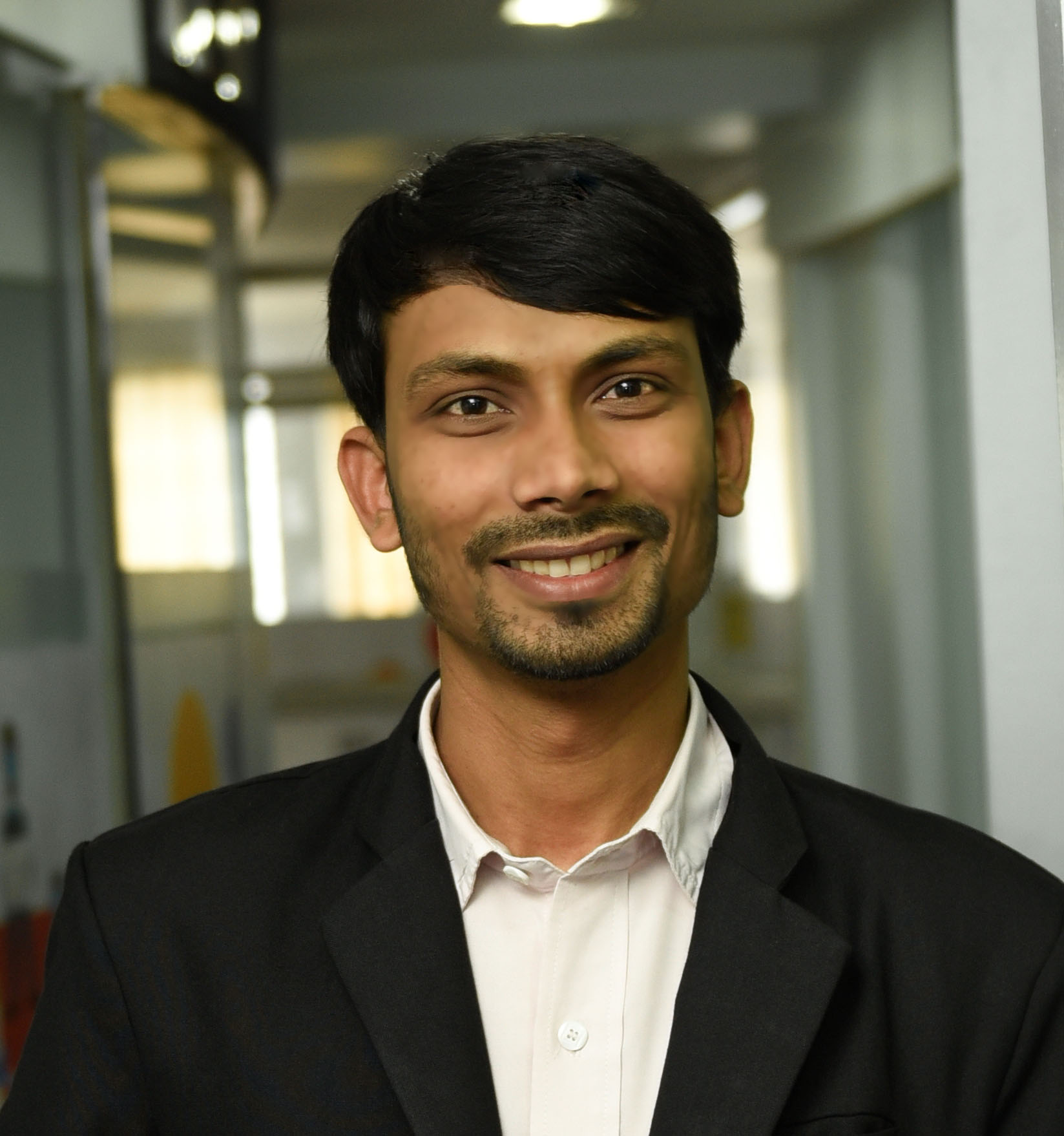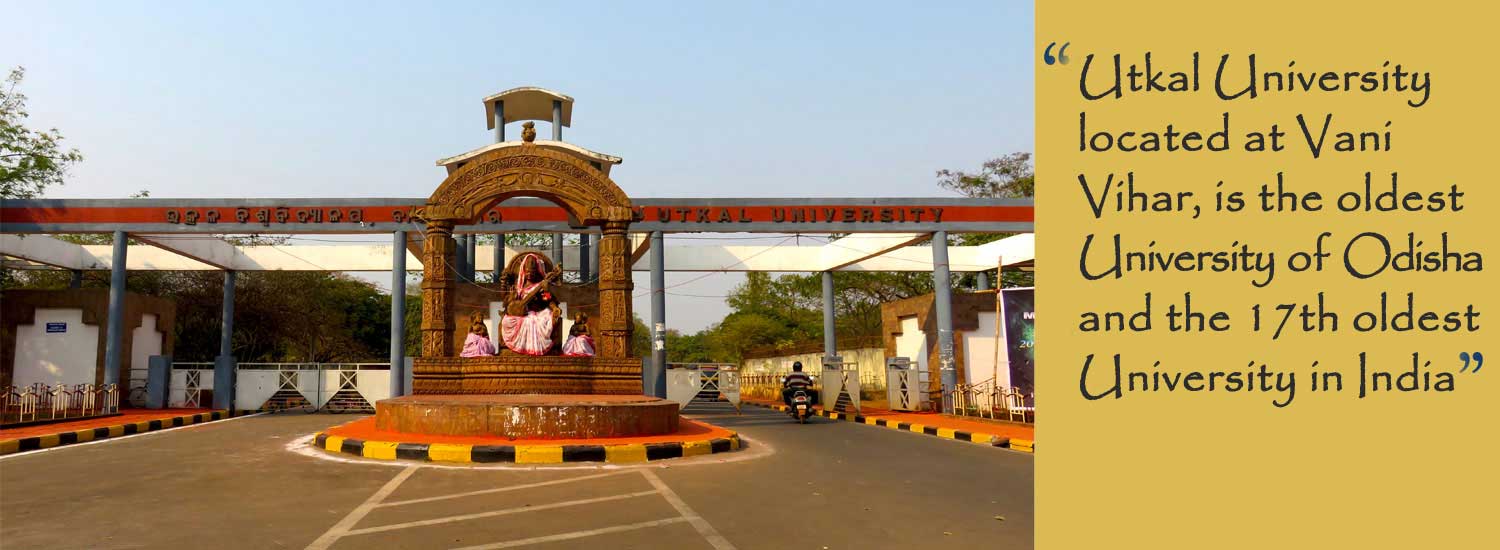The Vice President of India, Shri M Venkaiah Naidu today called for making India a global hub of higher learning and scholarship and urged Universities, academicians and policy makers to improve academic standards at par with top international institutions.
Expressing concerns that none of the Indian Universities figured in the top 100 global rankings, Shri Naidu asked institutions such as NAAC and UGC to take steps to address the shortcomings by revisiting the education system and revamping the curriculum in tune with 21st century requirements.
Speaking at the Silver Jubilee function of National Assessment and Accreditation Council (NAAC) in Bengaluru today, Shri Naidu expressed his concern over the recent disturbances on the campuses of a few Universities and called for maintaining peace.
Observing that Universities and educational institutions were pious places of learning, the Vice President wanted them to maintain highest standards of decorum. He stressed that the academic endeavours and co-curricular initiatives must attain primacy in universities and not factionalism and divisive tendencies.
The Vice President said that it was the duty of the education system to produce model global citizens who would contribute towards building a better world.
Pointing out that the students leaving the portals of the educational institutions must be enlightened citizens with social consciousness and responsibility towards the society, Shri Naidu stressed that Institutions must mould students into empathetic human beings with high integrity.
Stating that Mahatma Gandhi considered ‘knowledge without character’ as a sin, the Vice President said that education which teaches, values, ethics and inculcates the spirit of voluntarism and compassion was the need of the hour. He said that education system must also make the students aware of India’s glorious heritage, culture and history.
Referring to India’s ancient centers of learning such as Nalanda, Vikramsila, Takshashila which earned global reputation, the Vice President called upon higher educational institutions to aspire to regain the past glory.
He urged upon all Educational institutions to transform into centers of excellence where students acquire knowledge, skills and attitude necessary for a successful, happy and accomplished life.
The Governor of Karnataka, Shri Vajubhai Vala, Director NAAC, Prof. S.C. Sharma, Adviser, Dr. Amiya Kumar Rath and Vice Chancellors of Several Universities, academicians and professors were among the dignitaries who graced the event.
Following is the full text of the speech –
“I am happy to be here with all of you on this momentous occasion, when the National Assessment and Accreditation Council (NAAC) is celebrating 25 years of excellence.
NAAC was established in 1994 as an autonomous institution of the University Grants Commission (UGC) with its Head Quarters in Bengaluru. The mandate of NAAC, as reflected in its vision statement, is to make quality assurance an integral part of the functioning of Higher Education Institutions in the country.
NAAC evaluates the institutions for its conformance to the standards of quality in terms of educational processes and outcomes, curriculum coverage, teaching-learning processes, faculty, research, infrastructure, learning resources, organisation, governance, financial well-being and student services.
I am happy to learn that NAAC also strives to promote quality-related research studies, consultancy and training programs, and
collaborates with other stakeholders of higher education for quality evaluation, promotion and sustenance. Its efforts in encouraging self-evaluation, accountability, autonomy and innovations in higher education are indeed appreciable.
It is heartening to note that, by networking with institutions and various stakeholders and acting on their feedback, NAAC continuously updates its manuals and methodology in tune with the changing needs of the dynamic higher education system.
I have visited a number of NAAC accredited educational institutions after I have assumed the office of the Vice President of India. In all these institutions, I saw great potential and an unwavering commitment to excellence when it comes to the quality of education they provide.
I must say that the accreditation framework developed by NAAC has gone a long way in augmenting the quality of higher education in India. Today, as we celebrate the many accomplishments of NAAC over the last 25 years, let me congratulate all those who have been associated with this organization for toiling hard to take it to its current lofty status.
I am certain that in the time to come, NAAC will act as a friend, philosopher and guide to our Institutions of Higher Education, constantly raising standards and benchmarks for quality and excellence.
My Dear sisters and brothers,
India has one of the largest and most diverse education systems in the world.
Privatization, widespread expansion, increased autonomy and introduction of Programs in new and emerging areas have improved access to higher education.
At the same time, it has also led to widespread concerns about the quality of higher education.
India is undoubtedly a country to reckon with in the globe today. Its achievements are worthy of emulation and serve as a model for any developing nation.
With the challenges that India had after her independence, she has continuously strived to achieve several crucial milestones, be it in the area of agriculture, industry, science and technology, space science, defense and many others.
This is a country with great potential and a very bright future. We have an incredible demographic dividend at our disposal, 65% of our population is below 35 years of age.
According to the report, titled ‘World Economic League Table 2020’, released by UK-based Centre for Economics and Business Research (CEBR), India has decisively overtaken both France and the UK to become the world’s fifth-largest economy in 2019. It is expected to overtake Germany to become fourth largest in 2026 and Japan to become the third largest in 2034.
If we wish for India to have a thriving and sustainable economic growth trajectory to create a $5-trillion economy by 2024 – then we must strive to build a knowledge economy.
There is a deep and inseverable connection between a nation’s educational institutions and its economic wellbeing.
I believe that human capital and innovation are the two pillars of GDP growth in India.
The workers of tomorrow need to transition to the formal, non-agricultural sector, armed with higher education credentials.
For this to happen, we must constantly reform our institutions of higher education.
We must draw ideas and inspiration from India’s golden past where education flourished, earning India the coveted title of being the ‘Viswaguru’.
Right from the time of the Vedas, the Rishis and the Gurus have strived hard to educate masses through the gurukula system.
Through well laid out mentoring plans, the mentor would interact with his disciples on a score of subjects and provide knowledge, cultivate skills and foster the attitude that was necessary for a successful, happy and accomplished life.
India’s ancient centers of learning, Nalanda, Vikramsila, Takshashila and the likes of it were eulogized by one and all across the globe for their openness, commitment to quality and excellence
The variety of courses that were designed and implemented to build competence among the students to succeed in life, holds a lesson for us in the modern times.
My dear sisters and brothers,
We must first address the structural lacunae in our higher education system.
Funding is crucial for education. Though India’s spending on education has gone up from 3.8 per cent of Gross Domestic Product (GDP) in 2014 to 4.6 per cent, it is still inadequate.
In its ‘Strategy for New India @ 75’ report the NITI Aayog has recommended that spending on education should be increased to at least 6 per cent of GDP by 2022.
We must address the large number of faculty vacancies that exist in our educational institutions. In a welcome move last year, the University Grants Commission took steps to fill around 50,000 vacancies in Institutions of higher education.
Along with filling vacancies, we must also keep augmenting the knowledge, skills and capabilities of our teaching faculty. They must be encouraged to pursue new knowledge and explore new teaching methodologies. Their training must not be a one-time initiative but must be a continuous process.
Quality of teaching faculty has a great bearing on learning outcomes. In this age of Information Technology, the conventional role played by teachers has undergone a massive transformation. A classroom is no longer confined within 4 walls. Our teachers must be open to new ideas and must evolve to fulfill the needs of the new-age learner.
Another area that we must focus on is Research and Development. Innovation is the watchword of the 21st century. The array of problems that we face today, from declining agricultural productivity to climate change, from challenges of urban development to threats to human health, can be tackled through Science, Technology and innovation.
At present, India spends less than 1% of its GDP on R&D. This must change. Research, especially Science and Technology research, is resource-intensive, time-consuming and risky. We as a society, must be prepared to bear with this risk.
Teaching cannot be separated from research. In every higher education institution, both must go hand-in-hand and must fuel each other so that students are not deprived of exposure to cutting edge technology.
It is a matter of grave concern that Indian universities rank low in both research and teaching. The Council of Scientific and Industrial Research, at rank 155, was our highest in the Scimago Institutions Rankings (SIR) for research.
Though the number of Higher Education Institutions has surged in India since the 2000s, the number of students undertaking PhDs has not shown a corresponding hike.
There are over a one lakh India-born PhDs in universities around the world.
We must attract at least some of this talent back home through better opportunities and incentives so that they may help fast-track the progress of our R & D sector.
We must also not hesitate to collaborate with the best universities and research centers around the world for knowledge sharing and capacity building.
We must also encourage students from all over the world to come to India to study so that we may build a vibrant and diverse academic culture.
It is a matter of grave concern that the latest ‘India Skills Report’ suggests that only 47% of Indian graduates are employable.
Therefore, along with education, we must also impart necessary skills, including life skills to our students.
We must boost the employability quotient of our students through practical training, internships, simulation exercises and case study-based training.
We must also impart soft skills which are a combination of people skills, social skills, communication skills, character or personality traits, attitudes, social intelligence and emotional intelligence quotients, among others, that will enable youngsters to work well with others, perform well, and achieve their goals.
The education we give our youngsters must also be value-based. Let me remind you that Mahatma Gandhi considered ‘knowledge without character’ as a sin.
Even as we make our students academically competent and skilled, we must also mold them to be compassionate, kind, empathetic human beings whose integrity is beyond reproach. The world is now a global village. It is the duty of the education system to create model global citizens who will build a better world.
Our campuses must be vibrant.
There is no doubt that there is space for every shade of opinion and every point of view in our universities.
Our children, when they leave the portals of the educational institutions must be enlightened citizens who will take an abiding interest in protecting our democracy and preserving the fundamental values that are enshrined in our constitution.
But our campuses must not become safe havens for the politics of hate and violence to thrive. Academic endeavors and co-curricular initiatives must attain primacy in our universities and not factionalism and divisive tendencies.
My dear sisters and brothers,
The Draft National Education Policy (DNEP) released by the government in June 2019, envisions several welcome reforms and must now be further distilled and then implemented in letter and spirit.
I am confident that in the time to come, if the government and the private sector work together in collaboration with organizations like NAAC, India will soon be the global hub of higher learning and scholarship.
Once again, I congratulate NAAC on attaining this crucial mile-stone.









